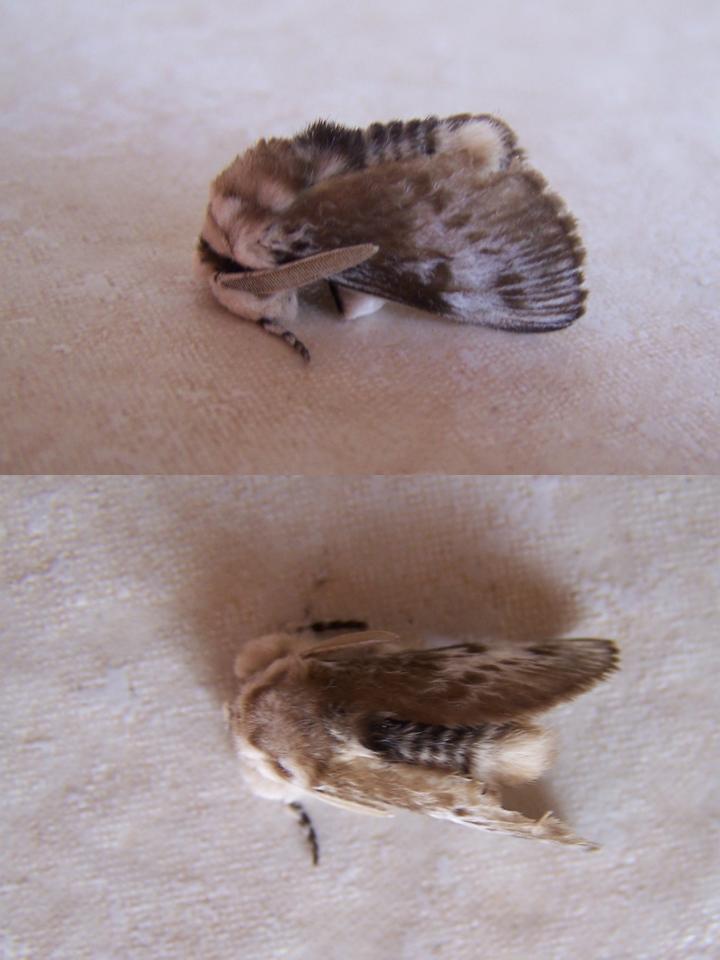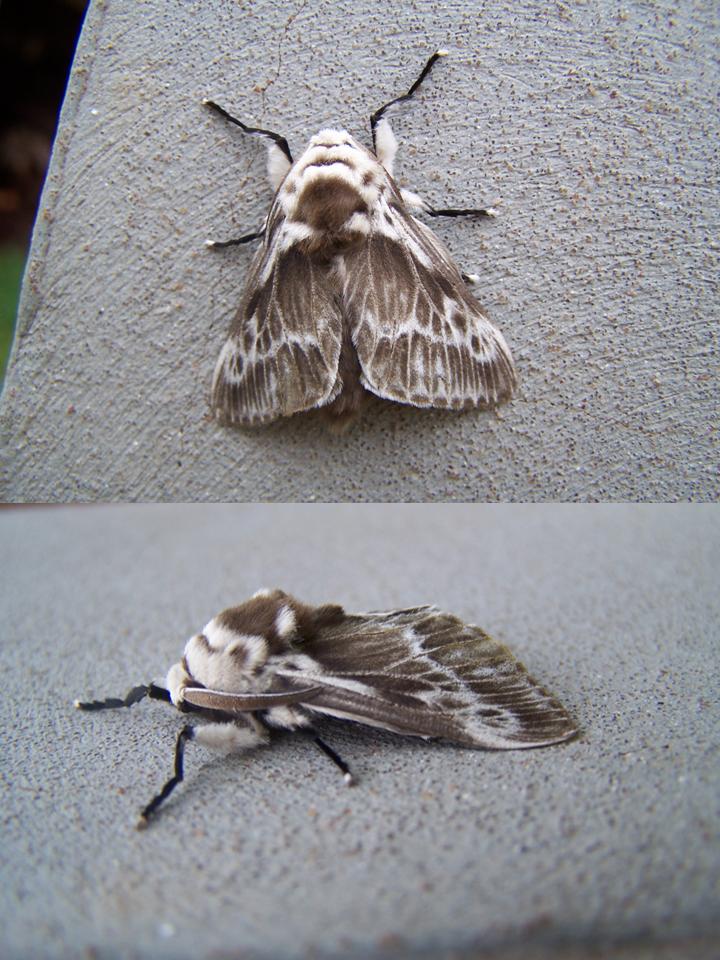

LYMANTRIIDAE - WHITE PESTS
This fascinating group of moths are recognised by their "big-headed" appearance and bipectinate antennae in the male. The proboscis is rudimentary. Though many species are dull.coloured, certain larger species bear dramatic colouration. Members of this family are notable for their extremely hairy larvae which are extremely abundant at certain times of year and include some of the most bizarre and unusual "hairstyles" in the world of Lepidoptera.
Designed by Paul Smith 2006. This website is copyrighted by law. Material contained herewith may not be used without the prior written permission of FAUNA Paraguay. Photographs on this web-site were taken by Paul Smith, Hemme Batjes, Regis Nossent,
Alberto Esquivel, Arne Lesterhuis, José Luis Cartes, Rebecca Zarza and Hugo del Castillo and are used with their permission.
 | FIGURE 1 |
|
 | FIGURE 2 |
|
FIGURE 1 - Unidentified sp. - PN Tte Enciso, Departmento Boquerón (Paul Smith October 2007).
FIGURE 2 - Unidentified sp. - PROCOSARA, PN San Rafael (Paul Smith November 2007) - Defence display, this species drops like a dead leaf when molested during the day, essentially playing dead.

